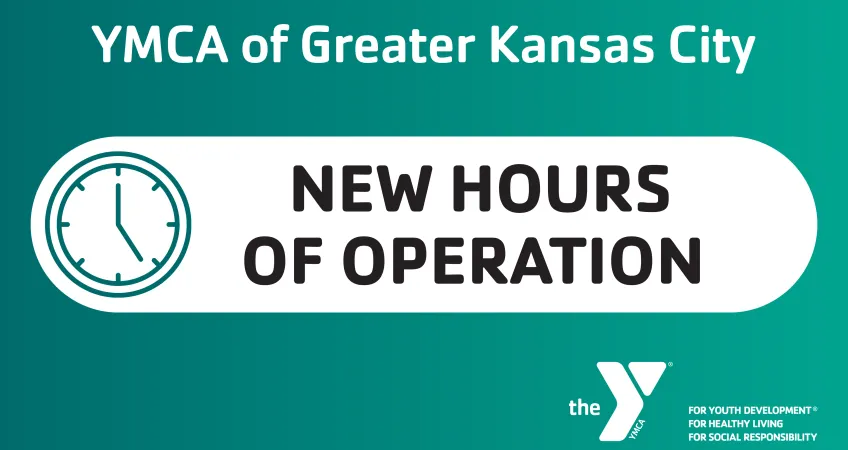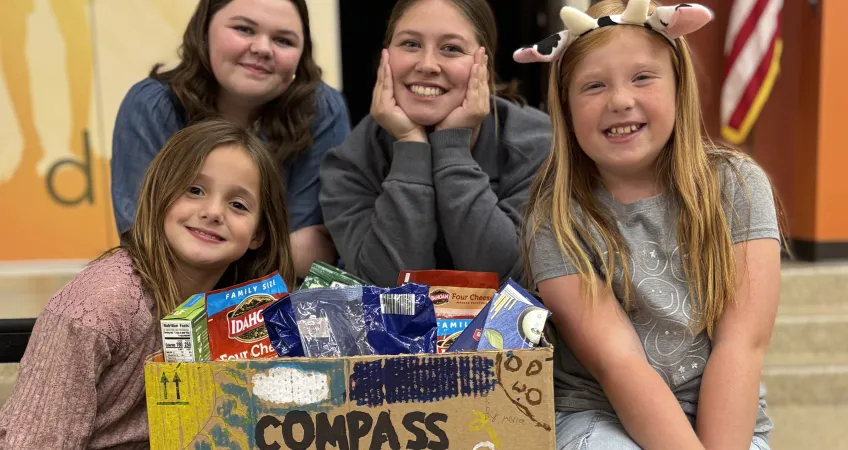Kansas City YMCA Blog
Extended Hours to Fit Your LifeTo help make it even easier for you and your family to stay active, connected and supported at the Y, our hours are expanding beginning January 2, 2026. With more early…
The YMCA of Greater Kansas City wrapped up its 165th anniversary year with a meaningful time capsule dedication ceremony on December 3, 2025, at the Kirk Family YMCA. Community members, volunteers…
Centers and programs are operating at their normal schedules. Check back here at KansasCityYMCA.org/Weather for the latest updates. For Y membership center updates, download the YMCA360 app.
At the YMCA of Greater Kansas City, our story has always been powered by people who say “yes.” For more than 165 years, volunteers have helped turn gyms into gathering spaces, food drives into…
Celebrate the magic of the season with festive happenings across the metro! From Santa visits and crafts to live music and New Year’s fun, there are plenty of ways for families to enjoy holiday cheer…
Join us to make the holidays special for families in our community who are in need.Visit one of the participating centers listed below to choose an ornament from our tree and purchase the wish listed…
Check out events across the metro. From a Turkey Trot to Friendsgiving and special group exercise schedules, there's a variety of ways to give thanks with the Y. Events are listed by date. …
Volunteers and partners gathered for the 12th Spirit of Service Volunteer Celebration on November 13, 2025, to honor the people who give their time to make the Y’s mission possible.This…
As community need for food assistance continues to rise, generous partners and supporters are stepping up to help restock the Y’s food pantries. Harrah’s Casino…














